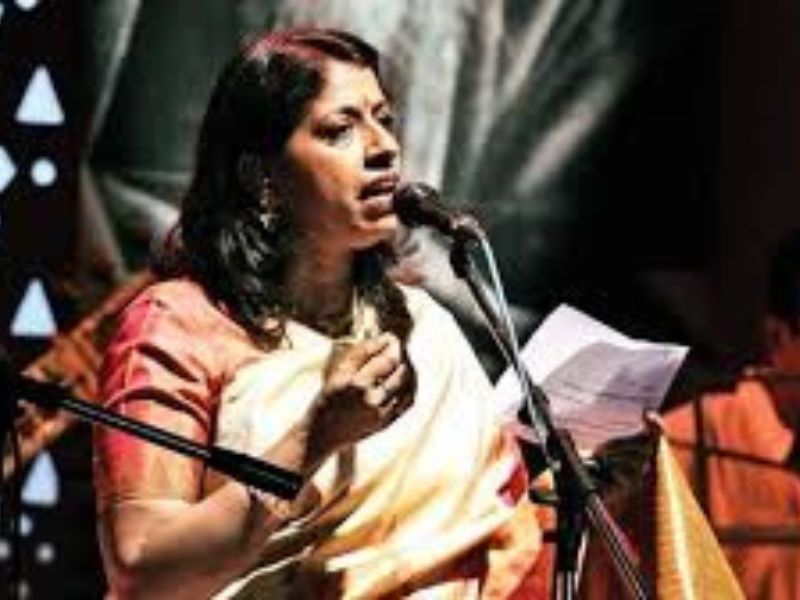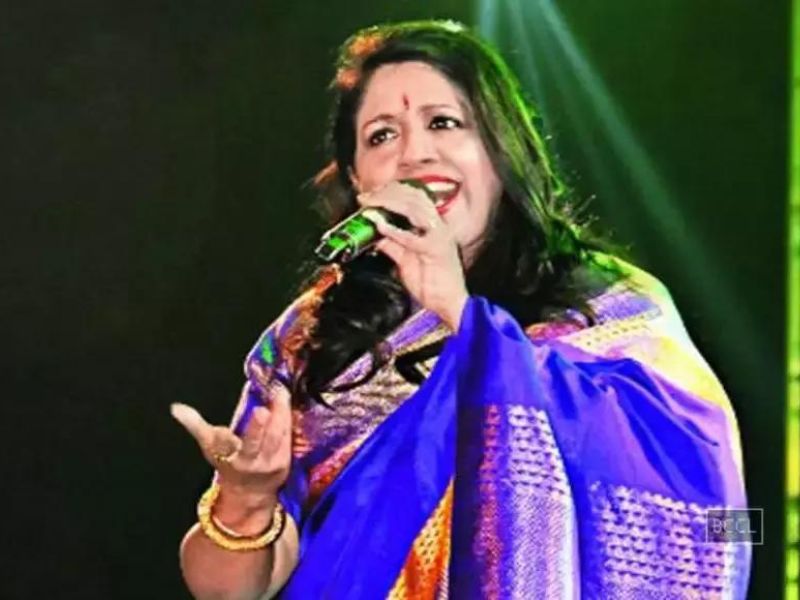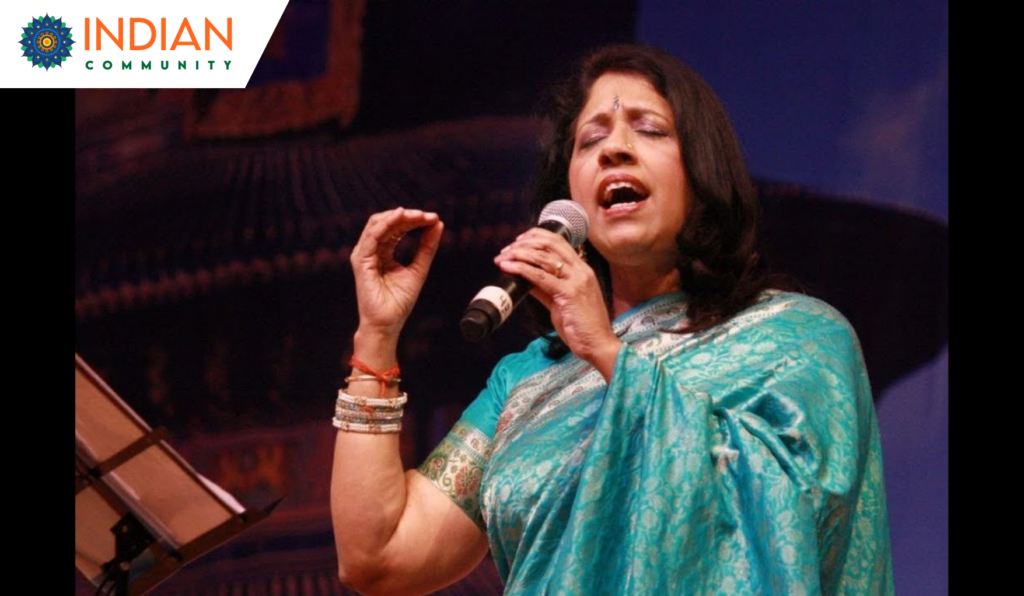Kavita Krishnamurthy, an iconic playback singer in Indian cinema, has enchanted audiences for decades with her versatile voice and emotive renditions. Her journey from a talented young singer to a celebrated diva is a testament to her dedication, talent, and passion for music. Let’s explore the life and career of this extraordinary artist, who has left an indelible mark on the world of music.
Early Life: The Genesis of a Musical Star
Born on January 25, 1958, in New Delhi, India, as Sharada Krishnamurthy, Kavita Krishnamurthy was raised in a culturally rich environment where her musical talent was recognized early on. Her formal training began under the guidance of her aunt, the renowned Hindustani classical vocalist, Balakrishna Menon. This classical foundation laid the groundwork for her future success in various genres of music.

First Break: The Path to Stardom
Kavita’s journey to fame began at the tender age of 13 when she sang her first film song for the Bengali movie “Shriman Prithviraj” in 1971. However, it was her collaboration with the legendary music director R.D. Burman that catapulted her to stardom. Her song “Tumse Milkar Na Jaane Kyon” from the movie “Pyaar Jhukta Nahin” became an instant hit, marking her arrival in the Bollywood music industry.
The Rise to Fame: Chart-Topping Hits
Throughout the 1980s and 1990s, Kavita Krishnamurthy delivered numerous chart-topping hits, showcasing her ability to adapt to different musical styles and her impeccable voice control. Some of her most memorable songs include:
- “Hawa Hawai” from “Mr. India”: This lively track became an anthem and highlighted Kavita’s playful side.
- “Tumse Milkar Na Jaane Kyon” from “Pyaar Jhukta Nahin”: A romantic number that remains evergreen in Bollywood.
- “Nimbooda Nimbooda” from “Hum Dil De Chuke Sanam”: A vibrant folk-based song that showcased her versatility.
- “Dola Re Dola” from “Devdas”: A powerful duet with Shreya Ghoshal that earned critical acclaim.
- “Aaj Main Upar” from “Khamoshi: The Musical”: A soulful rendition that won her the Filmfare Award for Best Female Playback Singer.

Awards and Recognition: Celebrating Excellence
Kavita Krishnamurthy’s illustrious career has been adorned with numerous awards, including four Filmfare Awards for Best Female Playback Singer. In 2005, she was honored with the Padma Shri, one of India’s highest civilian honors, in recognition of her contributions to the arts and Indian cinema.

Beyond Bollywood: A Global Ambassador of Indian Music
Kavita’s talent extends beyond Bollywood as she has sung in various languages including Tamil, Telugu, Kannada, Malayalam, Marathi, and Gujarati. Her international performances and collaborations with global artists have showcased her versatility and brought Indian music to the global stage, earning her admiration and respect worldwide.
Personal Life: A Harmonious Balance
In her personal life, Kavita Krishnamurthy is married to renowned violinist Dr. L. Subramaniam, with whom she shares a deep love for music. The couple often collaborates on musical projects, blending classical and contemporary styles seamlessly. Their marriage is a testament to their shared passion and mutual respect for each other’s craft.
Legacy and Influence: Inspiring Future Generations
Kavita Krishnamurthy’s legacy transcends her own achievements; she has inspired countless aspiring singers with her dedication, versatility, and emotive singing. Her ability to connect with audiences through her voice has set a benchmark for future generations of playback singers. Kavita continues to perform and mentor young talents, ensuring that her rich legacy lives on.
Conclusion: The Everlasting Melody of Kavita Krishnamurthy
Kavita Krishnamurthy is more than just a singer; she is a musical icon whose voice has transcended time and genre. Her journey from a young girl with a dream to a celebrated playback singer is a testament to her talent, hard work, and passion for music. As she continues to enchant audiences with her timeless melodies, Kavita’s legacy as the voice of versatility and emotion remains firmly etched in the annals of Indian music history.


